Trump wants to defund national parks—but they have overwhelming bipartisan support
Early this month, the Trump administration proposed cutting more than $1.2 billion dollars of funding for the National Park Service. Meanwhile, new polling found that public parks are beloved by almost all Americans—making them among the least polarized third spaces remaining in the U.S. According to a national study conducted by YouGov and published this week by the nonprofit Trust for Public Land, 89% of adults in a major U.S. city visited a public park in the last year, including 92% of 2024 Trump voters and 90% of Harris voters. The study results come at the same time that the president and congressional Republicans are trying to pass a budget that would severely restrict national park staffing and maintenance. That means local parks might play an even greater role in shaping and strengthening communities in the years to come. [Photo: Samuel Girven/Unsplash] National Parks face potential devastating budget cuts On May 2, the Trump administration released its 2026 budget plan. The document includes a proposal to cut millions of dollars of funding to national park sites, especially targeting smaller sites like national monuments and shorelines. “The National Park Service (NPS) responsibilities include a large number of sites that are not ‘National Parks,’ in the traditionally understood sense, many of which receive small numbers of mostly local visitors, and are better categorized and managed as State-level parks,” the budget reads. It adds that there’s “an urgent need” to transfer certain properties to state-level management and “streamline staffing,” though the budget doesn’t allocate any additional funding to states for this purpose. [Photo: Hans-Jurgen Mager/Unsplash] Specifically, the budget recommends eliminating $900 million dedicated to the operation of national parks, $73 million to park construction funding, $77 million to recreation and preservation funding, and $197 million to the Historic Preservation Fund. Theresa Pierno, the National Parks Conservation Association president and CEO, called this “the most extreme, unrealistic and destructive NPS budget a president has ever proposed in the agency’s 109-year history” in a press release at the time. Congress still needs to approve a version of the budget, which is currently stalled amid Republican infighting over its contents. In the meantime, the NPS has already taken several recent blows: In February, the Department of the Interior, in conjunction with the so-called Department of Government Efficiency, laid off 1,000 probationary employees, including park rangers. Another 700 workers took buyouts at the time. Early this month, the department announced plans to cut another 1,500 NPS staff members. As a result of understaffing, multiple parks, like the Florissant Fossil Beds National Monument in Colorado, have been forced to cut hours and close visitors centers, which is especially problematic given that visitors to national parks hit an all-time high last year. All the while, the Trump administration has put public lands themselves at risk by fast-tracking drilling, mining, and logging initiatives in just the first few months of his presidency. [Photo: George Rose/Getty Images] Why public parks matter across party lines Trust for Public Land’s new report finds that the majority of Americans have positive associations with their public parks, regardless of political affiliation. The study shows that 79% of U.S. adults report having a park where they feel comfortable and want to visit regularly. In addition, 65% of adults report having a positive conversation in a park with a stranger over the last year, and 70% support keeping schoolyards open for the community after-hours. For those looking to live somewhere with better access to public outdoor space, the report also includes rankings of the nation’s best big-city park systems. This year, Washington, D.C., came in first, followed by Irvine, California; Minneapolis; and Cincinnati. Perhaps most notably among the results, both Trump 2024 and Harris 2024 voters agree that they would pay more in taxes to improve the quality of local conservation lands, natural areas, and neighborhood parks—including 58% of Trump voters and 85% of Harris voters. “Access to the outdoors is one of the things that we all resonate around,” says Trust for Public Land president and CEO Carrie Besnette Hauser. “It doesn’t matter whether a community leans red or blue.” In last year’s election cycle, Hauser notes, TPL supported 23 ballot measures around parks, public lands, and access to nature—all of which were passed. That included several measures in ultraconservative counties in Florida and Georgia, where constituents approved projects to protect wildlife, improve water quality, and reduce damage from floods. Given the broader trends uncovered both by voting results and by polling, Hauser says the Trump administration’s proposed budget cuts to the NPS and nat
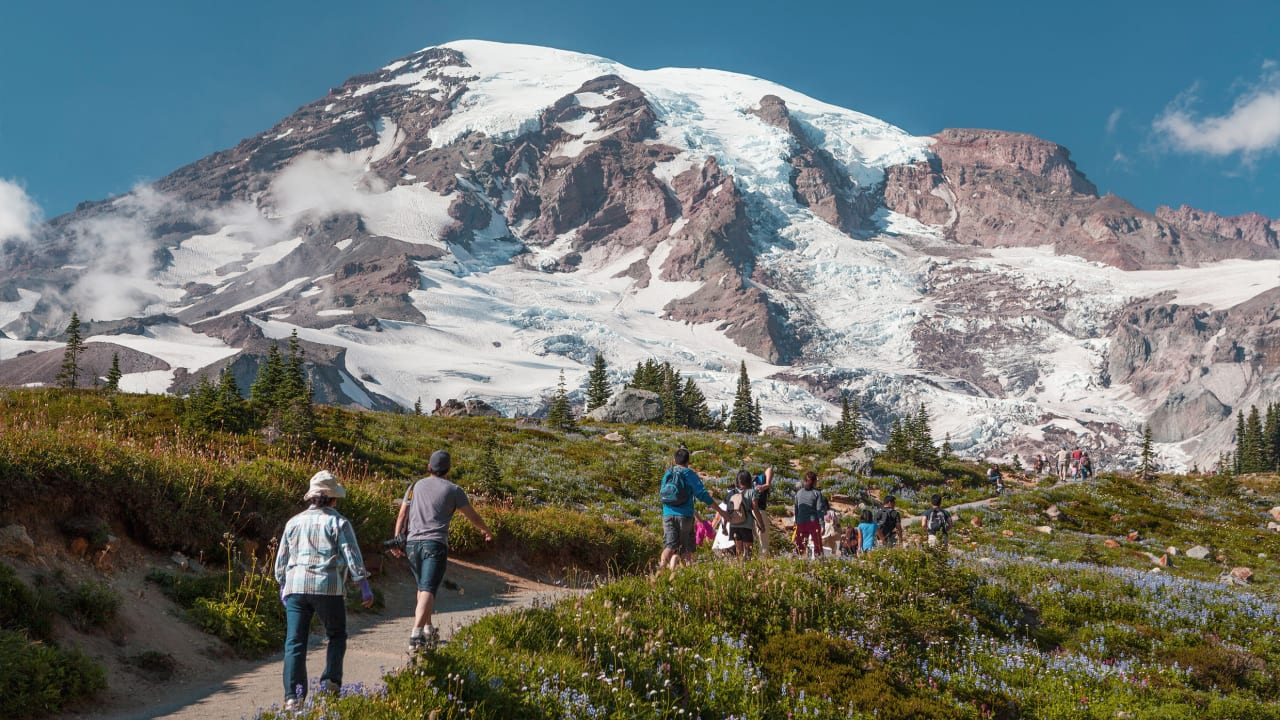
Early this month, the Trump administration proposed cutting more than $1.2 billion dollars of funding for the National Park Service. Meanwhile, new polling found that public parks are beloved by almost all Americans—making them among the least polarized third spaces remaining in the U.S.
According to a national study conducted by YouGov and published this week by the nonprofit Trust for Public Land, 89% of adults in a major U.S. city visited a public park in the last year, including 92% of 2024 Trump voters and 90% of Harris voters.
The study results come at the same time that the president and congressional Republicans are trying to pass a budget that would severely restrict national park staffing and maintenance. That means local parks might play an even greater role in shaping and strengthening communities in the years to come.
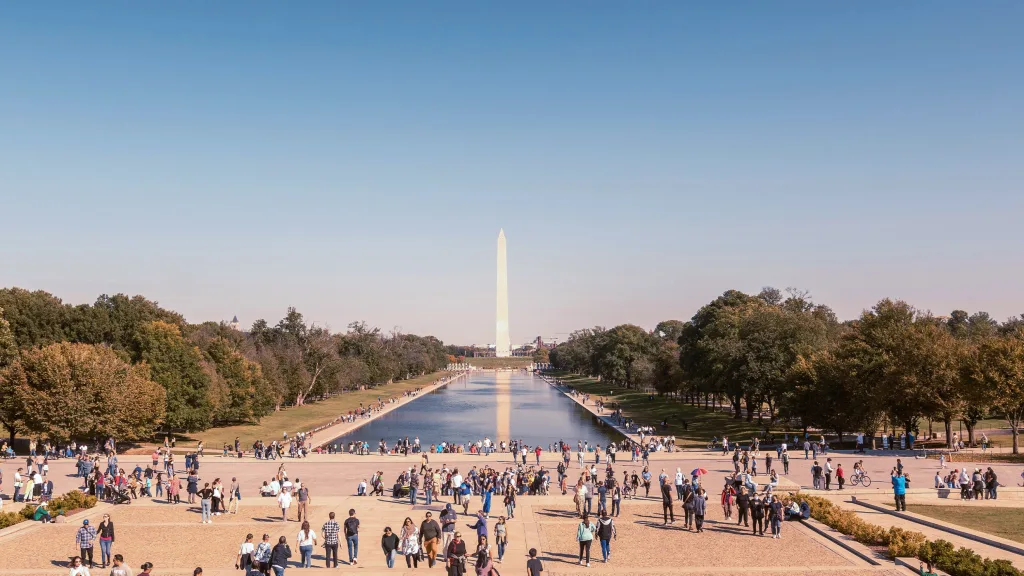
National Parks face potential devastating budget cuts
On May 2, the Trump administration released its 2026 budget plan. The document includes a proposal to cut millions of dollars of funding to national park sites, especially targeting smaller sites like national monuments and shorelines.
“The National Park Service (NPS) responsibilities include a large number of sites that are not ‘National Parks,’ in the traditionally understood sense, many of which receive small numbers of mostly local visitors, and are better categorized and managed as State-level parks,” the budget reads. It adds that there’s “an urgent need” to transfer certain properties to state-level management and “streamline staffing,” though the budget doesn’t allocate any additional funding to states for this purpose.
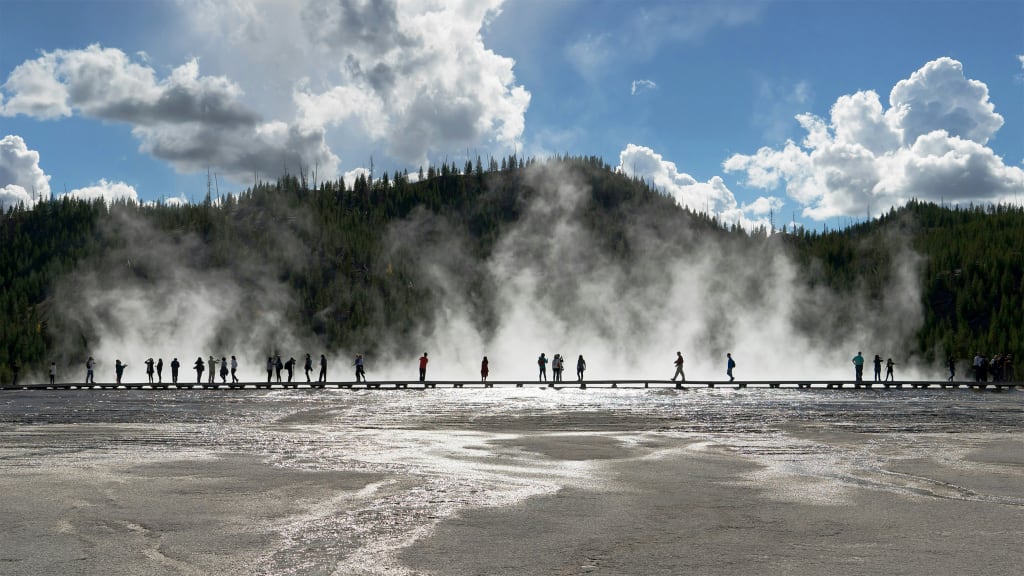
Specifically, the budget recommends eliminating $900 million dedicated to the operation of national parks, $73 million to park construction funding, $77 million to recreation and preservation funding, and $197 million to the Historic Preservation Fund.
Theresa Pierno, the National Parks Conservation Association president and CEO, called this “the most extreme, unrealistic and destructive NPS budget a president has ever proposed in the agency’s 109-year history” in a press release at the time.
Congress still needs to approve a version of the budget, which is currently stalled amid Republican infighting over its contents. In the meantime, the NPS has already taken several recent blows: In February, the Department of the Interior, in conjunction with the so-called Department of Government Efficiency, laid off 1,000 probationary employees, including park rangers. Another 700 workers took buyouts at the time.
Early this month, the department announced plans to cut another 1,500 NPS staff members. As a result of understaffing, multiple parks, like the Florissant Fossil Beds National Monument in Colorado, have been forced to cut hours and close visitors centers, which is especially problematic given that visitors to national parks hit an all-time high last year. All the while, the Trump administration has put public lands themselves at risk by fast-tracking drilling, mining, and logging initiatives in just the first few months of his presidency.
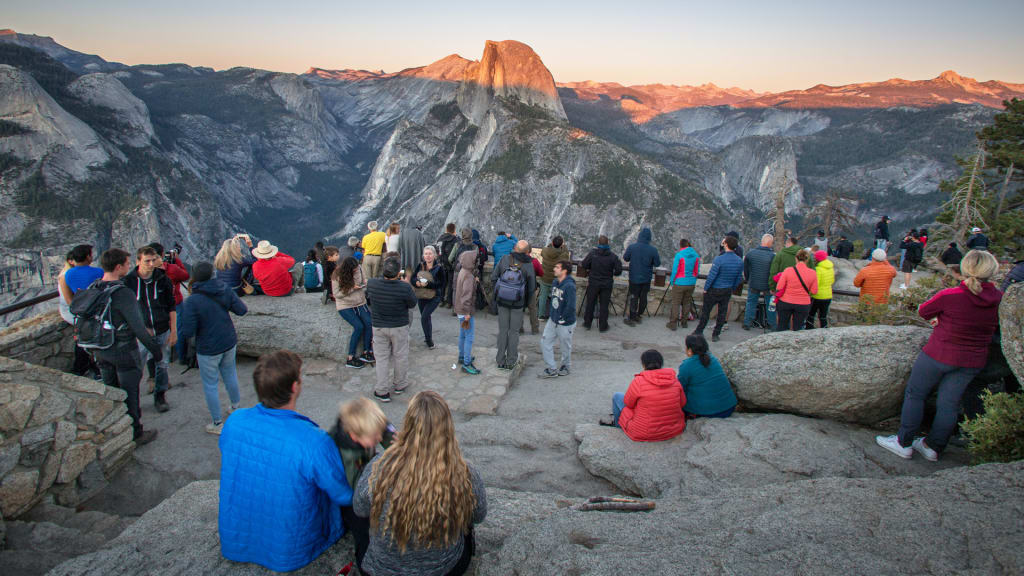
Why public parks matter across party lines
Trust for Public Land’s new report finds that the majority of Americans have positive associations with their public parks, regardless of political affiliation.
The study shows that 79% of U.S. adults report having a park where they feel comfortable and want to visit regularly. In addition, 65% of adults report having a positive conversation in a park with a stranger over the last year, and 70% support keeping schoolyards open for the community after-hours.
For those looking to live somewhere with better access to public outdoor space, the report also includes rankings of the nation’s best big-city park systems. This year, Washington, D.C., came in first, followed by Irvine, California; Minneapolis; and Cincinnati.
Perhaps most notably among the results, both Trump 2024 and Harris 2024 voters agree that they would pay more in taxes to improve the quality of local conservation lands, natural areas, and neighborhood parks—including 58% of Trump voters and 85% of Harris voters.
“Access to the outdoors is one of the things that we all resonate around,” says Trust for Public Land president and CEO Carrie Besnette Hauser. “It doesn’t matter whether a community leans red or blue.”
In last year’s election cycle, Hauser notes, TPL supported 23 ballot measures around parks, public lands, and access to nature—all of which were passed. That included several measures in ultraconservative counties in Florida and Georgia, where constituents approved projects to protect wildlife, improve water quality, and reduce damage from floods.
Given the broader trends uncovered both by voting results and by polling, Hauser says the Trump administration’s proposed budget cuts to the NPS and nationally managed public lands run “completely counter to what people want,” adding, “Any proposal to continue to undercut [public lands] will actually be a disservice to the American people, because they just don’t support that notion. It would be counter to any polling, any expression of interest around people’s interest in protecting these places, conserving these places, and having access to these places.”






































































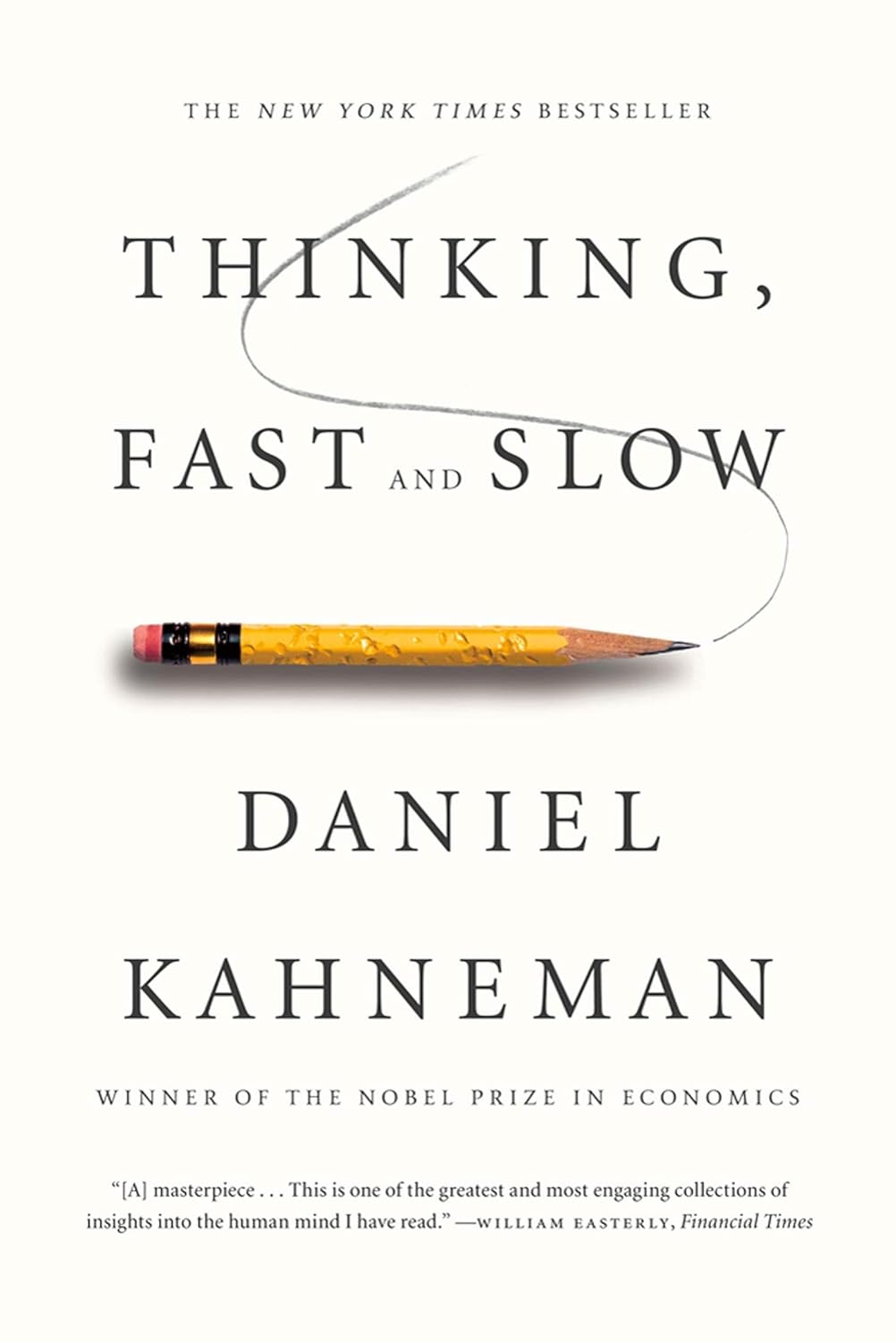


































![Building A Digital PR Strategy: 10 Essential Steps for Beginners [With Examples]](https://buzzsumo.com/wp-content/uploads/2023/09/Building-A-Digital-PR-Strategy-10-Essential-Steps-for-Beginners-With-Examples-bblog-masthead.jpg)


















































